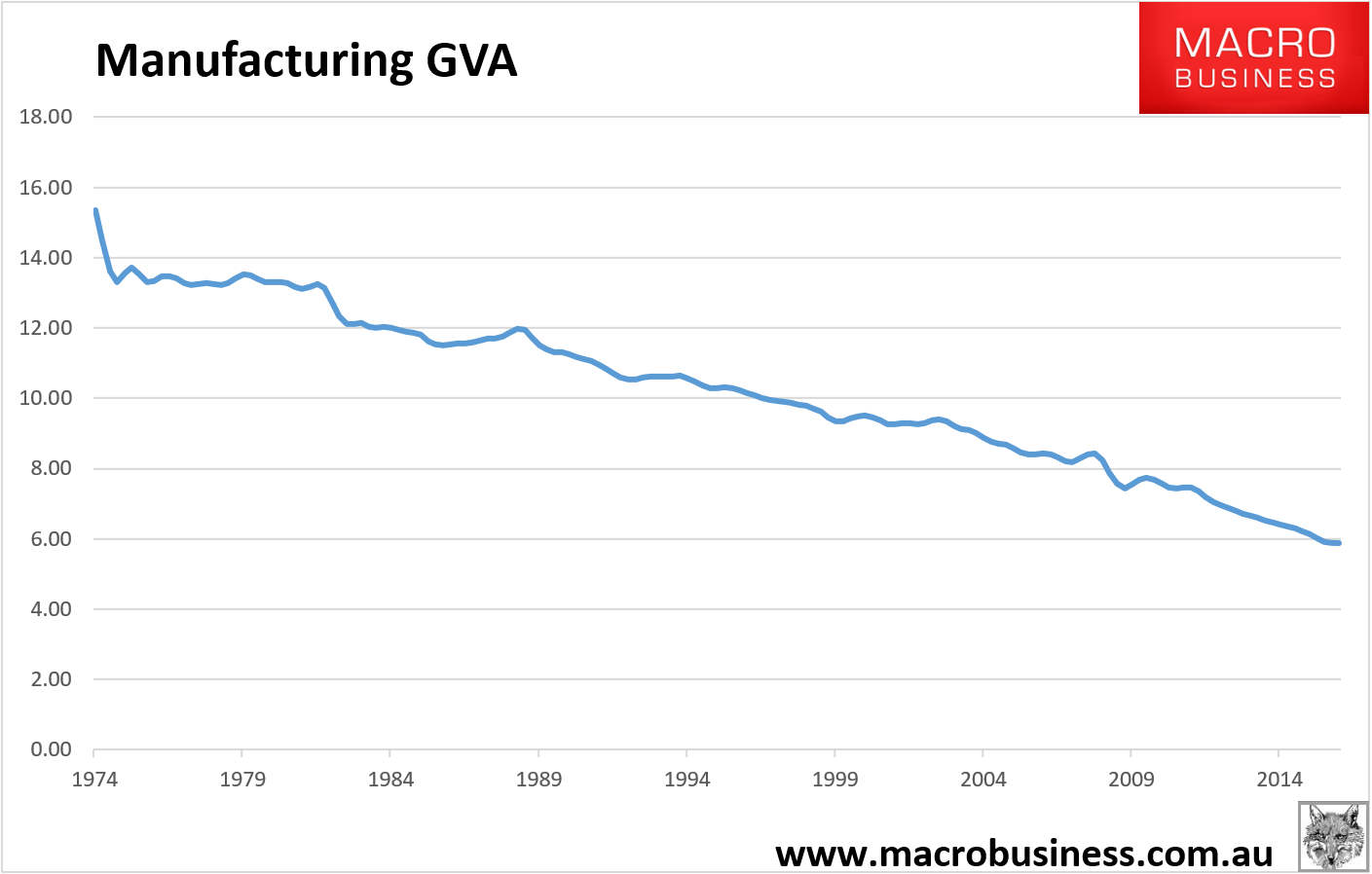From The Australian:
The demise of Alcoa’s Portland aluminium smelter would rob $800 million from the national gross domestic product, devastate Victoria’s southwest and threaten jobs as far away as Western Australia, according to a new report.
As federal Industry Minister Greg Hunt and his Victorian counterpart Wade Noonan flew to New York for crisis talks with Alcoa’s management, a report by the Australia Institute has forecast the loss of more than 3600 jobs if the troubled smelter shuts.
Questions about its future have become more pervasive since a power outage three weeks ago shut down its potlines during production, cooling the metal inside.
The analysis, commissioned by the Australian Workers Union and using simulation results from the National Institute for Economic and Industry Research, predicts the smelter’s closure would lead to the loss of $840m in national exports, a $192m blow to commonwealth revenues and a $50m loss to Victoria’s accounts.
Although the smelter itself supports 1500 direct and indirect jobs in the region, the report assesses job losses at more than 3600, including suppliers and downstream consumer industries. It also warns of a “potentially catastrophic” domino effect in Western Australia from the possible closure of Kwinana alumina refinery, which supplies all of Portland’s feedstock and is also owned by Alcoa.
The worst-case scenario would see close to 9000 jobs disappear and $1.75 billion lost to GDP.
I do not generally support public subsidy for such firms, unless it is in some widely subsidised strategic sector such as cars. What I do support, and what would save the Aloca smelter, is evidence-based policy that aims to keep industry competitive. In the case of most manufacturing, including aluminium smelting, that comes down to three things:
- keeping input costs like energy down. To fix that Australia needs to break the east coast gas cartel that is reaming everyone;
- keeping land prices down which also keeps the heat out of labour costs by stabilsing the price of housing;
- keeping the currency down which lends a macroeconomic hand to competitiveness.
Australia instead runs a double-Dutch disease model of allowing dirt to inflate everything through foreign funding of over-investment in subsidised mines and recycling the resulting income as tax giveaways that inflate house prices that are, in turn, foreign funded via protected banks. All of it inflates:
- energy input costs;
- land prices, and
- the currency.
And thus we end up with the radical hollowing out of manufacturing (heading for 5% of GDP vs 13% in the US) and successive bailouts for the politically connected:

The astute will observe a feedback loop in which every lost manufacturing business only increases the power of the Double Dutch Disease sectors of mining and property enabling them to occupy policy circles and to divert remaining resources to their protection. Eventually, you collapse.
We are a long way down that road now.

